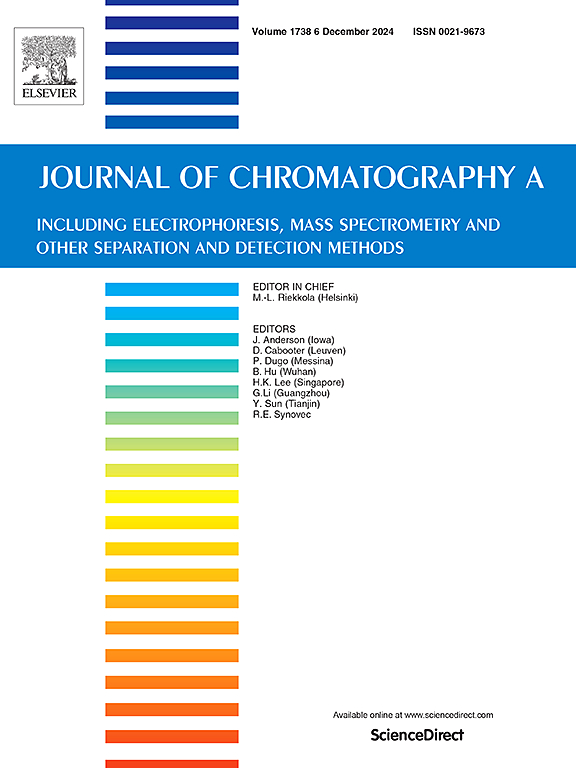对现有生物制药设施的下游生产工艺强化战略进行建模和技术经济分析。
IF 4
2区 化学
Q1 BIOCHEMICAL RESEARCH METHODS
引用次数: 0
摘要
下游工艺(DSP)强化技术有可能提供更快、更可持续和更有利可图的工艺。然而,对实施这些技术可能带来的效益的计算并不总是很明显,通常取决于特定的生产情景。在本研究中,我们开发了一个技术经济可行性分析框架,以评估蛋白质 A 捕获、抛光和病毒过滤的变化对工艺性能的影响。分析中使用的模拟基于工艺的基本知识,并结合了之前开发的多柱色谱 (MCC) 和超滤-渗滤变量计算工具。该框架用于模拟生产方案,包括强化生产计划、提高进料滴度、MCC、集成批量抛光和高通量病毒过滤。通过关键性能指标对这些工艺替代方案进行比较,选择这些指标是为了解决在特定情况下这些工艺强化策略是否合适的具体问题。研究结果以图表形式呈现,便于决策者根据特定的生产情况确定最佳工艺方案。在本研究提出的条件下,我们发现对工艺生产率影响最大的是调度方法,而不是单位操作处理时间。例如,将采收频率提高一倍可使生产率提高 61%。同时,MCC 等技术强化战略对运营成本的影响最大,可将 DSP 的商品成本最多降低 27%。总之,从可持续发展和成本角度来看,单个单元操作的集约化可以产生效益,但要实现更高的吞吐量,就必须全面集约化 DSP 和调度实践。本文章由计算机程序翻译,如有差异,请以英文原文为准。
Modeling and techno-economic analysis of downstream manufacturing process intensification strategies for existing biopharmaceutical facilities
Downstream process (DSP) intensification technologies have the potential to provide faster, more sustainable, and more profitable processes. Nevertheless, the calculation of the possible benefits obtained from the implementation of these technologies is not always evident and usually depends on a particular production scenario. In the present work, we developed a framework for techno-economic feasibility analysis to assess the impact of changes in protein A capture, polishing, and viral filtration on process performance. The simulation used in this analysis is based on fundamental knowledge of the process and incorporates previously developed tools for calculating multi-column chromatography (MCC) and ultrafiltration-diafiltration variables. This framework was used to simulate production scenarios featuring intensified production schedules, increases in feed titers, MCC, integrated batch polishing, and high throughput viral filtration. These process alternatives were compared through key performance indicators that were selected to address specific questions on the suitability of these process intensification strategies in a particular context. Results were presented graphically for decision-makers to easily identify the best process alternatives for a given production scenario. For the conditions proposed in this work, we find that the scheduling practices, and not the unit operation processing times, have the greatest impact on process productivity. For instance, doubling the harvesting frequency resulted in a productivity increase of up to 61 %. Meanwhile, technological intensification strategies like MCC cause the greatest impact on operating costs, reducing cost of goods of the DSP by up to 27 %. Overall, intensification of individual unit operations can yield benefits from a sustainability and cost perspective, but to achieve higher throughputs, it is necessary to have fully intensified DSP and scheduling practices.
求助全文
通过发布文献求助,成功后即可免费获取论文全文。
去求助
来源期刊

Journal of Chromatography A
化学-分析化学
CiteScore
7.90
自引率
14.60%
发文量
742
审稿时长
45 days
期刊介绍:
The Journal of Chromatography A provides a forum for the publication of original research and critical reviews on all aspects of fundamental and applied separation science. The scope of the journal includes chromatography and related techniques, electromigration techniques (e.g. electrophoresis, electrochromatography), hyphenated and other multi-dimensional techniques, sample preparation, and detection methods such as mass spectrometry. Contributions consist mainly of research papers dealing with the theory of separation methods, instrumental developments and analytical and preparative applications of general interest.
 求助内容:
求助内容: 应助结果提醒方式:
应助结果提醒方式:


